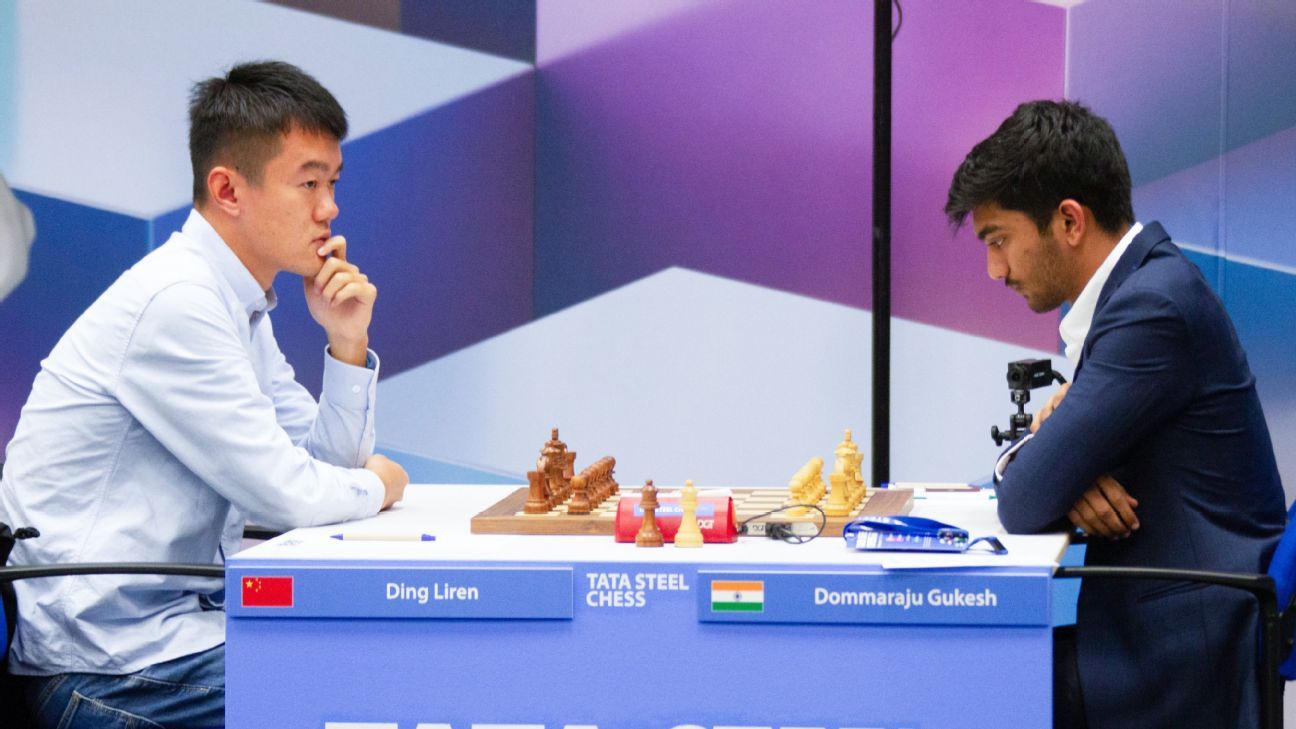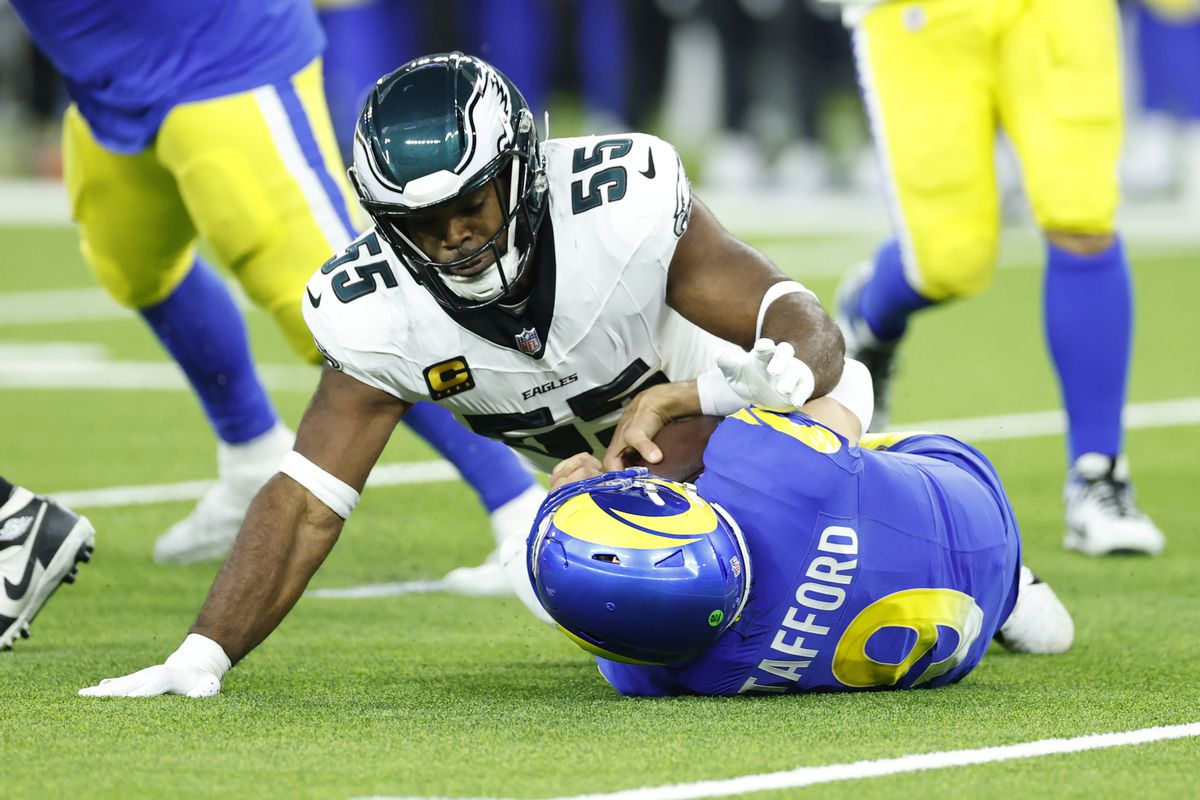[Law Of The Land]
Dr. King must be wondering: Where’s the plan?
There were inspiring words; but no marching orders.
Thousands gathered to commemorate the 1963 March on Washington for Jobs and Justice. Great change had taken place over 50 years. However, continued progress requires a vision for the future.
The sun was bright; but not oppressive. Leaders of diverse backgrounds representing nearly 100 organizations declared to thousands of families at the Lincoln Memorial and millions watching at home that Dr. Martin Luther King’s dream is alive.
But, recall that Ossie Davis, the late actor and activist, once told the then newly-formed Congressional Black Caucus, comprising then of a handful of African-American representatives, “it’s not about the man. It’s about the plan.”
Today, there are dozens of African American members of Congress. However, their vision for Black children, elders, the poor, and adults seeking financial stability and justice under law is not widely known.
In 1963, America’s Black communities had far fewer resources. Today, there are more Black educators, politicians, business leaders, lawyers, government workers and corporate employees – professionals in every field. But, there is also a sense of hopelessness. As if, those sacrifices made by whole communities 50 years ago amount to mere stepping stones in individual success stories today.
Rev. Martin Luther King entreated activists to keep working until justice rolls down like a river, and righteousness like a mighty stream, quoting Amos 5:24. His vision of righteousness could not have been limited to wealth, education, or celebrity for a relative few while the rest of the community drowned in poverty, poor schools, and violence.
Back then, each person, the impoverished and the wealthy could play a role in advancing justice. Back then, churches were a place for worshipping and making plans. So much so that the 16th Street Baptist Church in Birmingham was bombed by klan members. Today, churches are rarely a center of civil rights activism. And, religious leaders seem more astute at real estate transactions then civil disobedience.
Back then, for 381 days, Black men, women, and children of Montgomery, AL refused to ride public buses as a strategy to end racial segregation while a young Tuskegee attorney named Fred Gray brought a lawsuit resulting in a Supreme Court ruling ending discrimination on public transportation.
Playwrights dramatized the struggle. Writers wrote books about it. Wealthy patrons funded organizations like the Congress of Racial Equality (CORE), NAACP, and the Student Nonviolent Coordinating Committee (SNCC). The Southern Christian Leadership Conference (SCLC), founded by ministers in the Deep South, marched with Episcopal priests and Hollywood actors from the North.
When Myrlie Evers-Williams, widow of slain voting rights activist Medgar Evers, spoke at the 50th anniversary she noted the failure of those once young leaders to allow today’s young people and women to join their leadership table which is decidedly male and elderly.
Back then, college students sat at the planning table. Children protested so their parents could continue to work. Attorneys represented jailed activists. Each legal case served a purpose in a patchwork toward racial justice developed by Charles Hamilton Houston.
Perhaps today’s leadership has forgotten Dr. King was 24 years old when he led the Montgomery Bus Boycott. At 35 he received the Nobel Peace Prize. Representative John Lewis was a 23 year old activist at the first March on Washington. He is now 73 and continuing the fight for voting rights.
Back then, it was no utopia. Not all leaders agreed on strategies; nor did members within those organizations agree. However, they at least had a strategy, a plan, about which to disagree. Back in 1963, protests, legal cases, and legislation combined to force America to be a more perfect nation.
Ironically, those who oppose voting rights protections, affirmative action, and immigration reform simply reformulated that powerful civil rights strategy of the 1960s. Protest, litigation, legislation was an action plan leading to the 1964 Civil Rights Act. The March on Washington was a calculated part of that action plan.
Fifty years ago, Bayard Rustin, an activist, along with A. Philip Randolph, a union leader, planned a protest march in Washington. Back then, many small groups selected a plan of action for their community. Those groups joined State-wide activists. Then, their efforts resulted in the March on Washington where a young Dr. King so eloquently informed them of his vision – a dream for America’s future.
There is still faith in Dr. King’s Dream. However, James 2:14 says ‘faith without work is dead.” That 1963 March propelled individuals, communities, and organizations toward a vision of racial justice.
Leaders at this year’s anniversary March could speak passionately about King’s Dream. They are living beneficiaries.
However, no one offered a collective vision for future generations.
And, without vision a people perish. Proverbs 29:18.
Gloria J. Browne-Marshall, an Associate Professor of Constitutional Law at John Jay College in New York City, is author of “Race, Law, and American Society: 1607 to Present,” and a writer covering the U.S. Supreme Court and major law cases. Twitter: GBrowneMarshall








